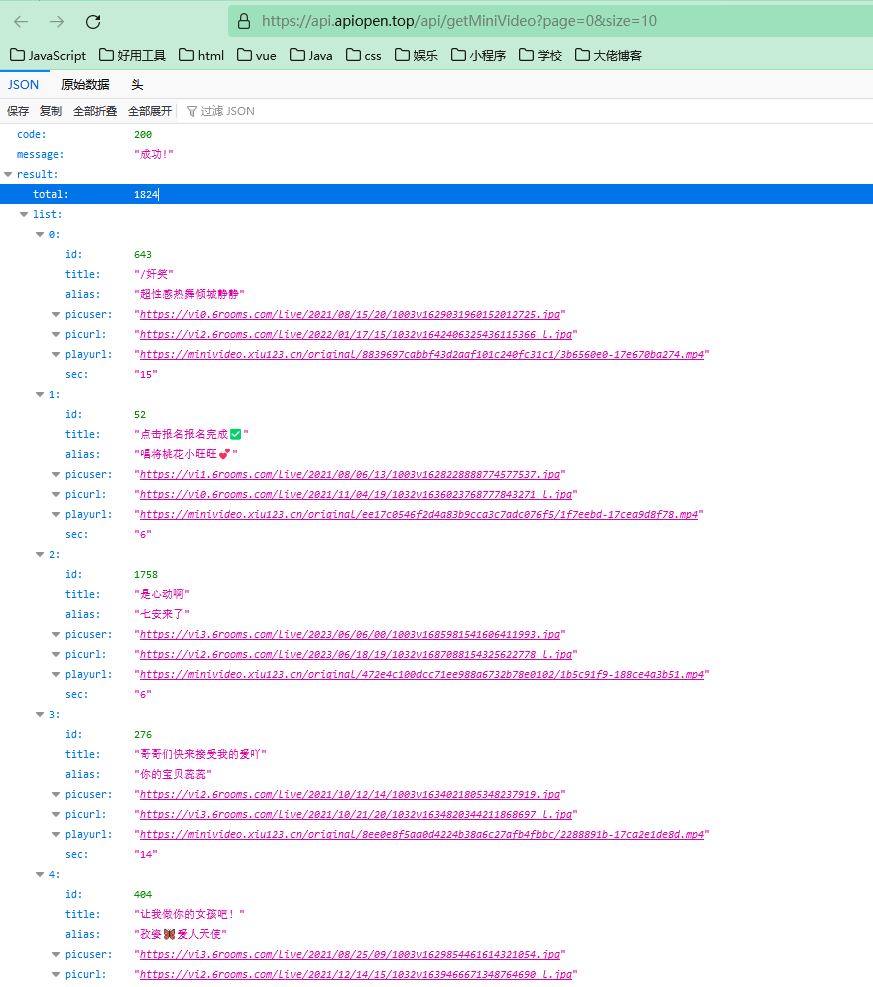装饰器Decorator
在写装饰器语法前,先去tsconfig.json中将"experimentalDecorators": true,和"emitDecoratorMetadata": true,开启。
装饰器是一种特殊类型的声明,它能够被附加到类声明,方法, 访问符,属性或参数上。
类装饰器
typescript
// target返回的为构造函数
const base:ClassDecorator=(target)=>{
console.log(target)//[class Http]
target.prototype.author='rarrot'
target.prototype.fn=()=>{
console.log('666')
}
}
// @base即为装饰器的一个语法,编译阶段会自动调用base函数
// 装饰器的一个用处在于可以在不查看不破坏Http类的情况下,为其添加属性方法
@base
// 不使用@base也可以,可以使用以下形式:
// base(Http)
class Http{
// ......
}
const http=new Http() as any
console.log(http.author)//rarrot
http.fn()//666装饰器工厂
其实就是将类装饰器放入函数里面,形成闭包,而外层包裹的函数可自定义参数,这样就得到装饰器工厂,我们可以对其参数自定义,只要在里边接收的函数后面进行返回就行,例如:
typescript
// 这样写可以称之为函数颗粒化或者闭包
const base = (str: string) => {
const fn: ClassDecorator = (target) => {
console.log(target)//[class Http]
target.prototype.author = str
target.prototype.fn = () => {
console.log('666')
}
}
return fn
}
@base('rarrots')
class Http {
// ......
}
const http = new Http() as any
console.log(http.author)//rarrots
http.fn()//666属性装饰器
会返回两个参数:
- 对于静态成员来说是类的构造函数,对于实例成员是类的原型对象
- 属性的名字
typescript
const name:PropertyDecorator=(target,key) =>{
console.log(target,key)//{} rarrot
}
class Http {
@name
rarrot:string
constructor(){
this.rarrot='rarrotsss'
}
}更多装饰器
以下代码中包含:
- 方法装饰器 MethodDecorator PropertyDescriptor;MethodDecorator返回三个参数:
- target: Object,对于静态成员来说是类的构造函数,对于实例成员是类的原型对象
- propertyKey: string | symbol,成员的名字
- descriptor: TypedPropertyDescriptor<T>,成员的属性描述符
- 参数装饰器 ParameterDecorator,返回三个参数:
- target: Object,对于静态成员来说是类的构造函数,对于实例成员是类的原型对象
- propertyKey: string | symbol,成员的名字
- parameterIndex: number,参数在函数参数列表中的索引
查看代码顺序:
- 从Http类开始看,可以发现先自动调用了Get()函数,就可以查看Get()函数是通过axios库发送了一个get请求,并将数据传给了getList(data);
- 之后在getList()中调用Result()方法,可以看到Result()方法使用第三方库reflect-metadata,进行元数据存储,可以更方便地调用到数据。
使用axios发送请求,并装饰在Http中的代码:
typescript
// Get方法使用了装饰器工厂
const Get = (url: string) => {
// 使用了方法装饰器
const fn: MethodDecorator = (target, keys: any, descriptor: PropertyDescriptor) => {
/*
{} getList {
value: [Function: getList],
writable: true,
enumerable: false,
configurable: true
} result
以上为输出结果,target是{},keys为getList,descroptor返回的是一个对象;key为result
*/
console.log(target, keys, descriptor)
// 通过调用第三方库axios发起get请求
axios.get(url).then(res => {
// 将descriptor的类型设置为PropertyDescriptor,将Http类的getList进行回传一下
// 这样就可以把参数传给getList(data),就可以直接在getList(data)获取到数据
descriptor.value(res.data)
})
}
return fn
}
class Http {
// 实现Http类的Get方法,使用装饰器可以自动调用,只需要传入url
@Get('https://api.apiopen.top/api/getMiniVideo?page=0&size=10')
getList(data: any) {
// 获取到接口中的total数和list内容
console.log(data.result.list)
}
}
const http = new Http() as any以下为接口获取的数据:

使用第三方库reflect-metadata进行元数据存储,简化了getList中打印数据的方式:
typescript
import axios from 'axios'
import 'reflect-metadata'//用于源数据存储
// Get方法使用了装饰器工厂
const Get = (url: string) => {
// 使用了方法装饰器
const fn: MethodDecorator = (target, keys: any, descriptor: PropertyDescriptor) => {
// Reflect.getMetadata()获取目标对象或其原型链上提供的元数据键的元数据值
// metadataKey 用于存储和检索元数据的密钥。
// target 定义元数据的目标对象。
const key = Reflect.getMetadata('key', target)
/*
{} getList {
value: [Function: getList],
writable: true,
enumerable: false,
configurable: true
} result
以上为输出结果,target是{},keys为getList,descroptor返回的是一个对象;key为result
*/
console.log(target, keys, descriptor, key)
// 通过调用第三方库axios发起get请求
axios.get(url).then(res => {
// 将descriptor的类型设置为PropertyDescriptor,将Http类的getList进行回传一下
// 这样就可以把参数传给getList(data),就可以直接在getList(data)获取到数据
// res.data[key]表示的即为res.data[result],获取到result中的数据
descriptor.value(key ? res.data[key] : res.data)
})
}
return fn
}
// Result方法使用了装饰器工厂
const Result = () => {
// 使用了参数装饰器
const fn: ParameterDecorator = (target, key, index) => {
// 调用第三方库reflect-metadata,在目标上定义唯一的元数据条目
// metadataKey 用于存储和检索元数据的密钥
// metadataValue 包含附加元数据的值
// target 定义元数据的目标对象
Reflect.defineMetadata('key', 'result', target)
}
return fn
}
class Http {
// 实现Http类的Get方法,使用装饰器可以自动调用,只需要传入url
@Get('https://api.apiopen.top/api/getMiniVideo?page=0&size=10')
getList(@Result() data: any) {
// 获取到接口中的total数和list内容
console.log(data)
}
}
const http = new Http() as any